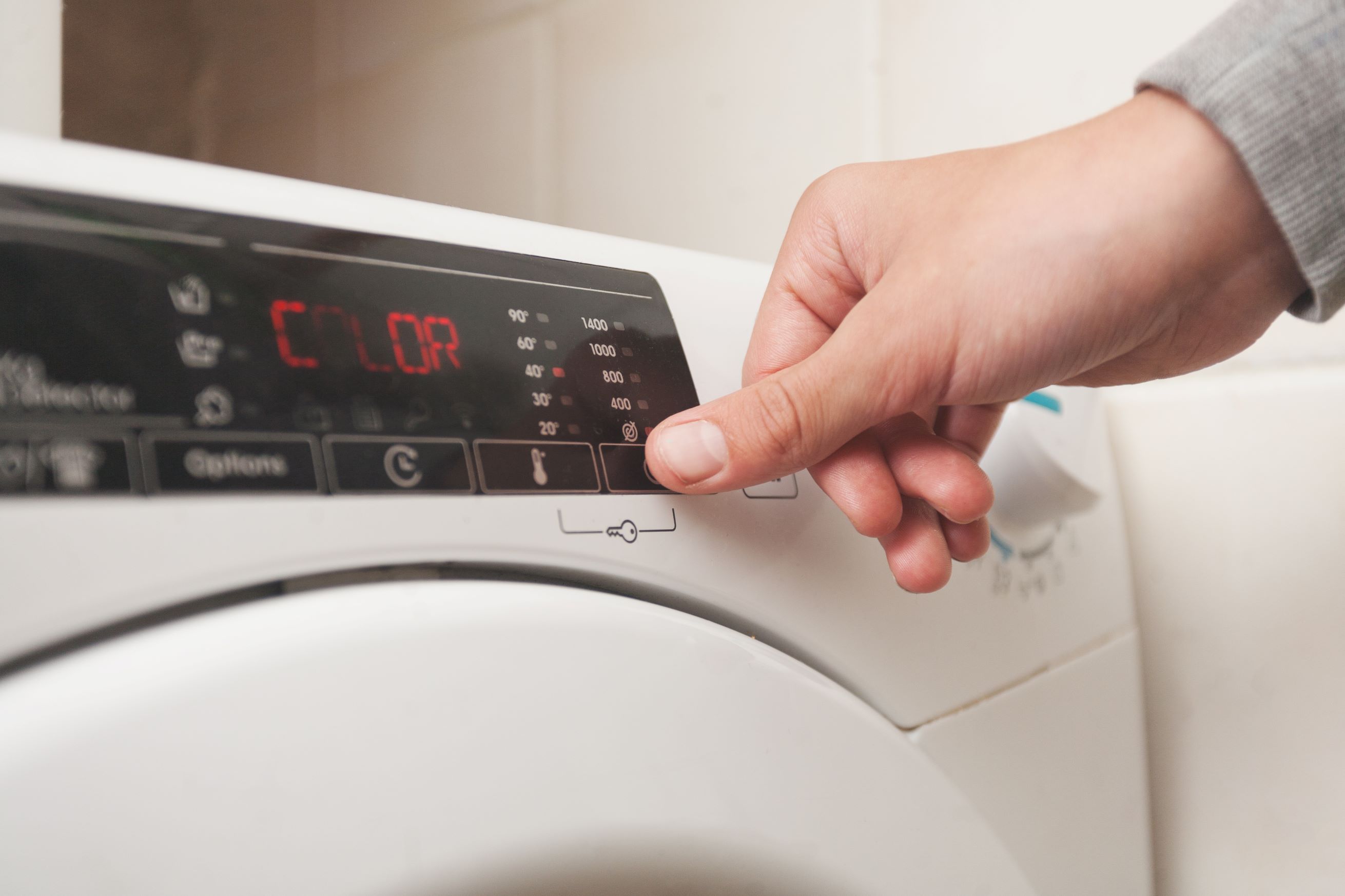
The correct washing temperature is crucial for maintaining the quality, hygiene, and longevity of your laundry. When choosing the temperature, consider the type of fabric, the level of dirt, and the recommendations on the clothing label.
Using the wrong temperature can lead to fabric damage, colour fading, or ineffective stain and bacteria removal.
Temperature Overview by Laundry Type
Delicate fabrics (silk, lace, wool): 20–30 °C
- Ideal for delicate materials that may shrink or get damaged.
- Use washing programs designed for delicate laundry or wool.
Regular coloured laundry: 30–40 °C
- Suitable for everyday washing of T-shirts, pants, sweaters, and underwear.
- This temperature prevents colors from fading and is gentle on most fabrics.
White laundry (bedding, towels): 40–60 °C
- A higher temperature helps remove bacteria and more stubborn stains.
Heavily soiled laundry (work clothes, kitchen towels): 60–90 °C
- Washing at 90 °C kills bacteria and removes stubborn stains.
- However, this setting is suitable only for the most durable fabrics, such as cotton towels or diapers.
Save Energy With Lower Washing Temperatures
Washing at lower temperatures, such as 30–40 °C, is energy-efficient because most of the energy used during washing goes into heating the water. Lower temperatures mean lower electricity consumption, directly reducing your energy bills and environmental footprint.
Modern laundry gels are designed to be effective even at cooler temperatures. They contain enzymes that actively break down stains and dirt in cold water.
